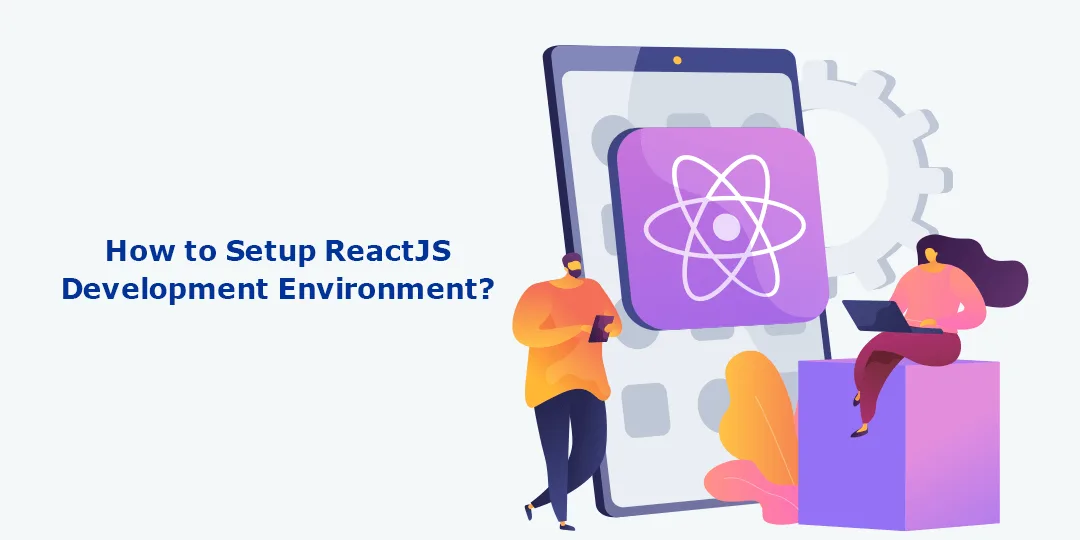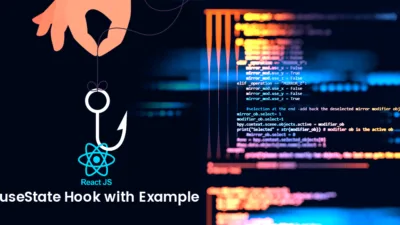Hello React Developers,
ReactJs is the JavaScript library used to develop UI components and web applications. Before learning ReactJS, you need to clear some basic concepts – Learn more
Once you are done with the pre-required skills of ReactJs, you can start with the basics of ReactJS.
After learning the fundamentals, you can jump into developing your first ReactJs project. For that, you need to setup environment for ReactJS.
Here is the step-by-step guide for Setting up React Development Environment.
Steps for ReactJS Development Environment Setup:
Step 1: Install Node.js and npm
To create React App dev environment, you must have Node.js installed. So the first step in setting up React Development Environment is to install Node.js.
- Node.js is a javascript runtime environment that allows you to run javascript code outside of the browser.
- When you install Node.js, the npm command-line tool is also downloaded.
- npm is a package manager that is used to download some javascript packages built to run on the node.
- Node.js and npm both are runtime command-line tools required to build and run react applications.
- React is built on top of Node.js and the React library itself is a package available on npm – https://www.npmjs.com/package/react
- Download Node.js and npm from https://nodejs.org
- Follow instructions and install it.
- Then open terminal or cmd and type
node -v npm -v
Step 2: Install Visual Studio Code (VS Code)
The next step for ReactJS Development Environment setup is to install the Visual Studio Code.
- VS Code is a free code editor that runs on Windows, Mac, and Linux.
- Download VS Code from https://code.visualstudio.com/.
Step 3: Create React App
Once you have installed Node.js and VS Code, your ReactJS development environment is successfully setup.
- Using this command you can create react App
npx create-react-app
- Navigate to your project directory using the below command
cd your-app
- Now type the below command to start running your project
npm start
Congrats you create your first React App.
Conclusion:
This way you can easily setup environment for ReactJS. If you have any doubt, feel free to ask me through the comment section. Share the article with your other ReactJS developer friends and stay in touch for more tutorials on ReactJS.
Happy Reading!












